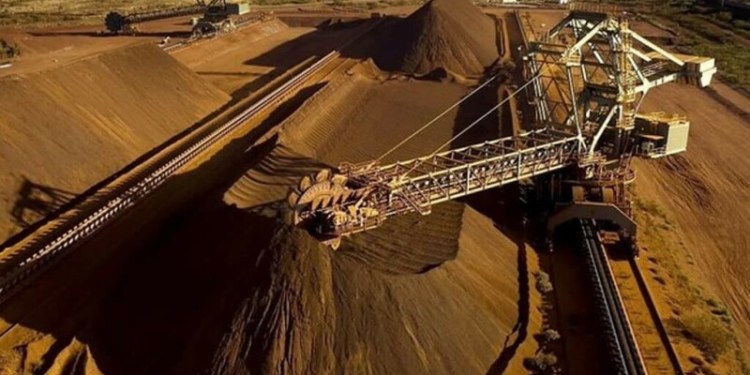By Clyde Russell
LAUNCESTON, Australia, April 24 (Reuters) – Some tentative signs are emerging that the worst may be behind for natural rubber prices in Asia.
Benchmark Tokyo rubber futures slumped to 196.7 yen ($1.92) a kilogram earlier this week, the lowest since September 2009, before recovering to 204 yen in Thursday trade.
Tokyo rubber futures are down almost 26 percent so far this year and a massive 61 percent below the post-2008 recession peak hit in February 2011.
The decline has come amid softer global demand for tyres – which account for about 60 percent of rubber consumption – high levels of inventories and failed attempts by major producers to limit supplies.
However, there are some indications, both technical and fundamental, that rubber prices may be close to the bottom.
In Asia, part of the problem has been high inventories, particularly in top importer China. Whenever prices have started to increase, Chinese buyers have been able to tap those inventories instead of buying from overseas suppliers.
Stocks at warehouses monitored by the Shanghai Futures Exchange SNR-TOTAL-DW reached 207,658 tonnes in February, the highest in almost a decade.
Since then they have been dropping, falling to 170,000 tonnes in the week to April 18.
Inventories at Japanese ports also fell in the week to March 31, the first decline since October.
While inventories remain at high levels by historical standards, the declines show that the overhang of supply may be starting to clear.
Supply wi also drop as the major producers of Thailand, Malaysia and Indonesia enter the dry season, which limits the amount of tapping farmers can undertake.
Thailand, the world’s top rubber producer, is also suffering from drought, which the government believes will cut output of agricultural commodities such as rubber, rice and sugar.
The El Nino weather phenomenon, a warming of sea-surface temperatures in the Pacific, is expected to hit later this year as well, and it typically brings drier conditions to Southeast Asia and Australia.
The chances of an El Nino event in 2014 exceed 70 percent, the Australian Bureau of Meteorology said on April 8, and the U.N. World Meteorological Organization said on April 15 that a majority of models forecast the return of El Nino.
The prospect of lower natural rubber supply may at the same time run into increasing demand, with auto sales globally posting gains.
Chinese vehicle sales increased 9.2 percent in the first quarter of 2014 and are expected by the manufacturers’ association to rise 8-10 percent for the whole year.
U.S. automobile sales rose 5.7 percent in March from a year earlier, almost three time the increase expected by analysts. March auto sales in Britain jumped 17.7 percent and in Germany by 5 percent.
The better prospects are starting to be reflected in the Tokyo futures curve <0#JRU:>, with a shift to mild contango from fairly steep backwardation in recent weeks.
The six-month contract is currently at a premium of 1.8 percent to the front-month, a turnaround from a month ago, when it was at a discount of 3.3 percent and three months ago when the discount was 2.6 percent.
The balance of risks appears to be shifting in the rubber market, especially if Chinese inventories continue to decline, El Nino cuts output and global vehicle sales maintain momentum. (Editing by Tom Hogue)
-Reuters


























